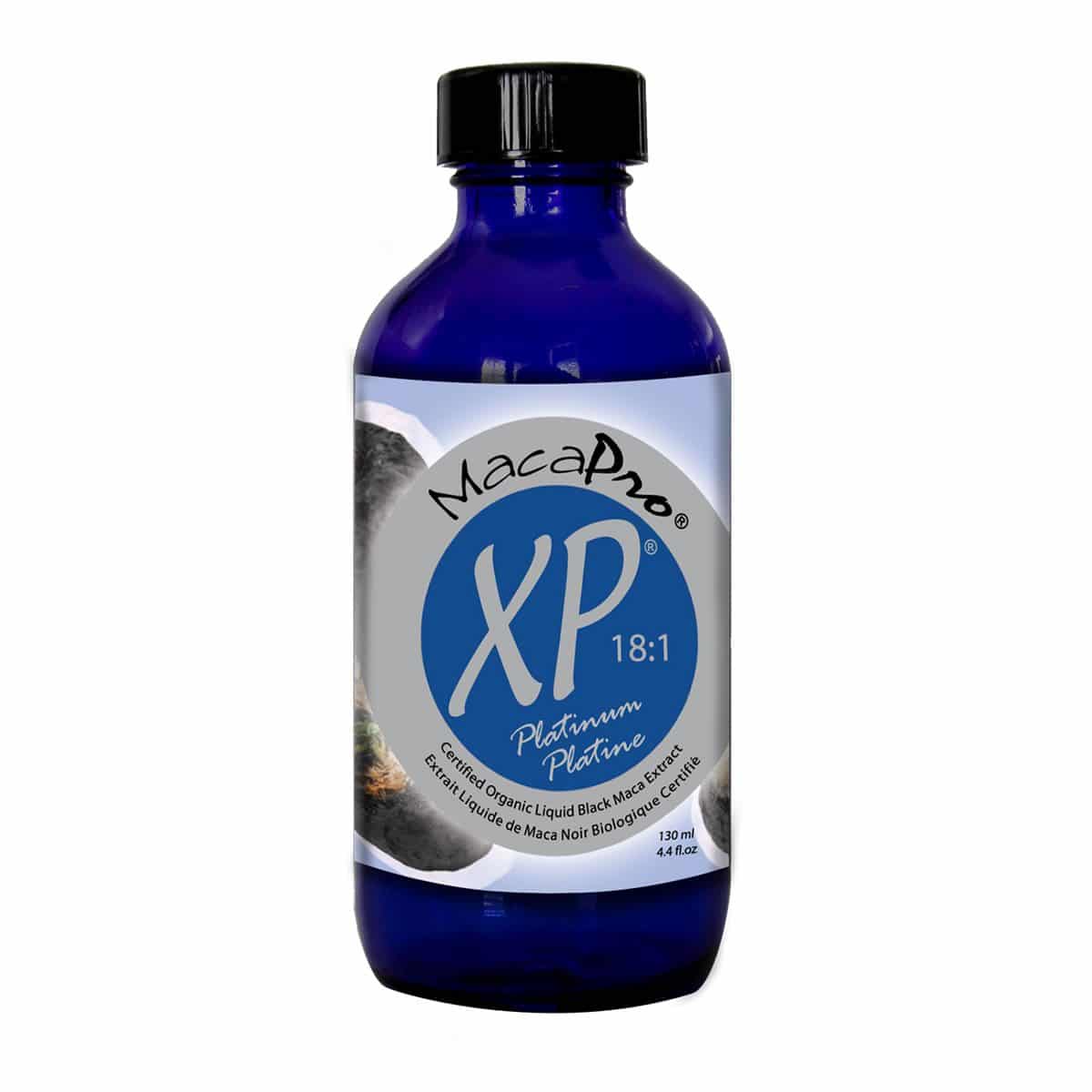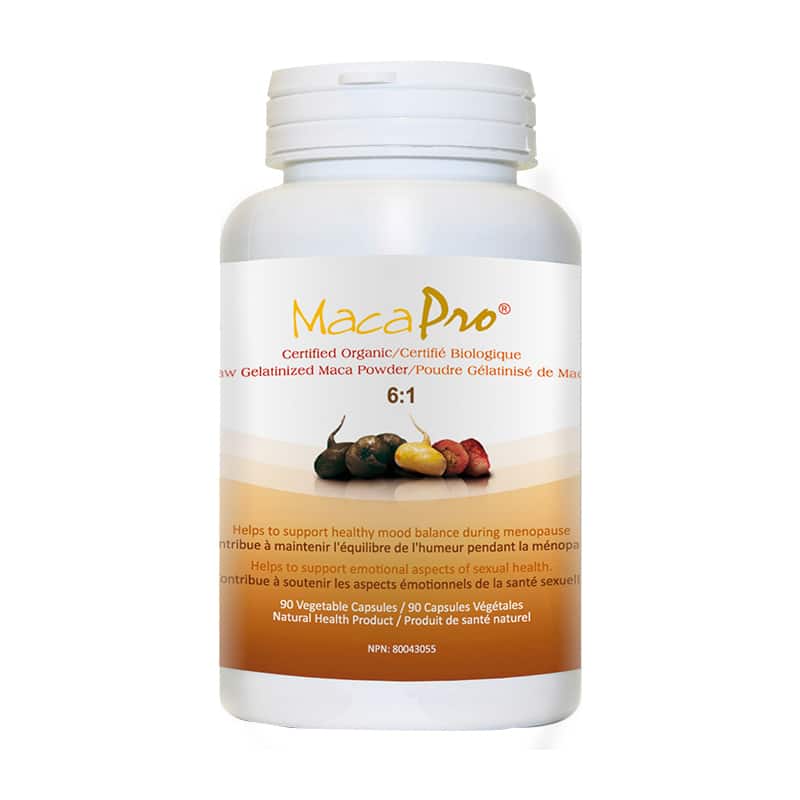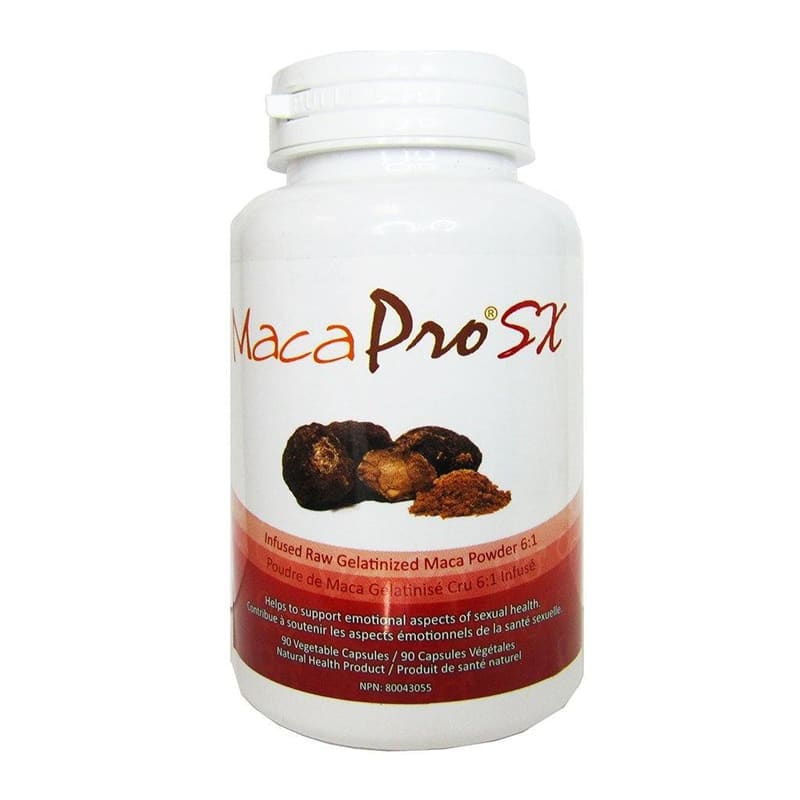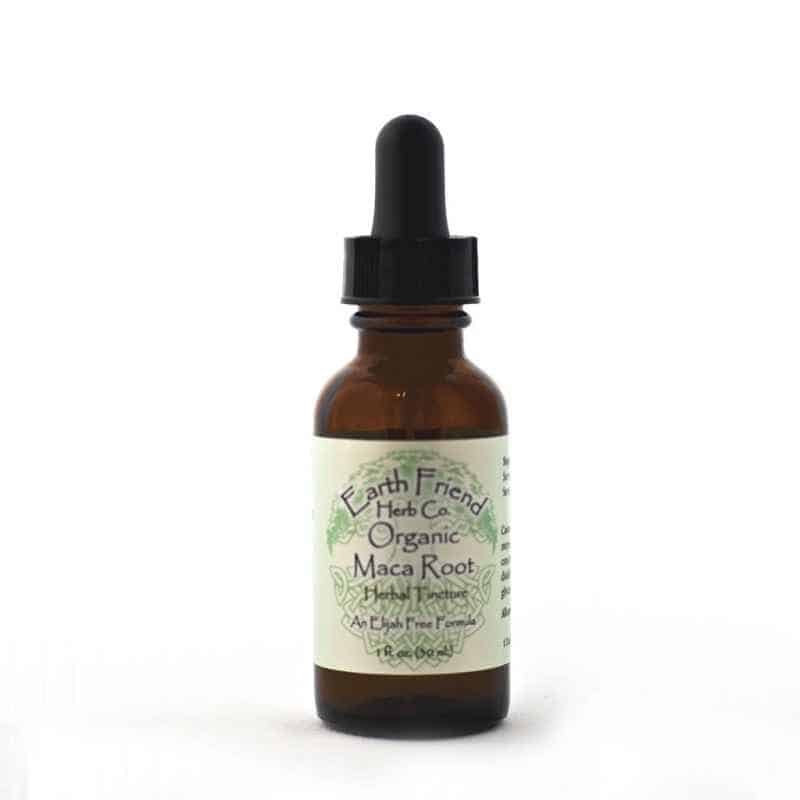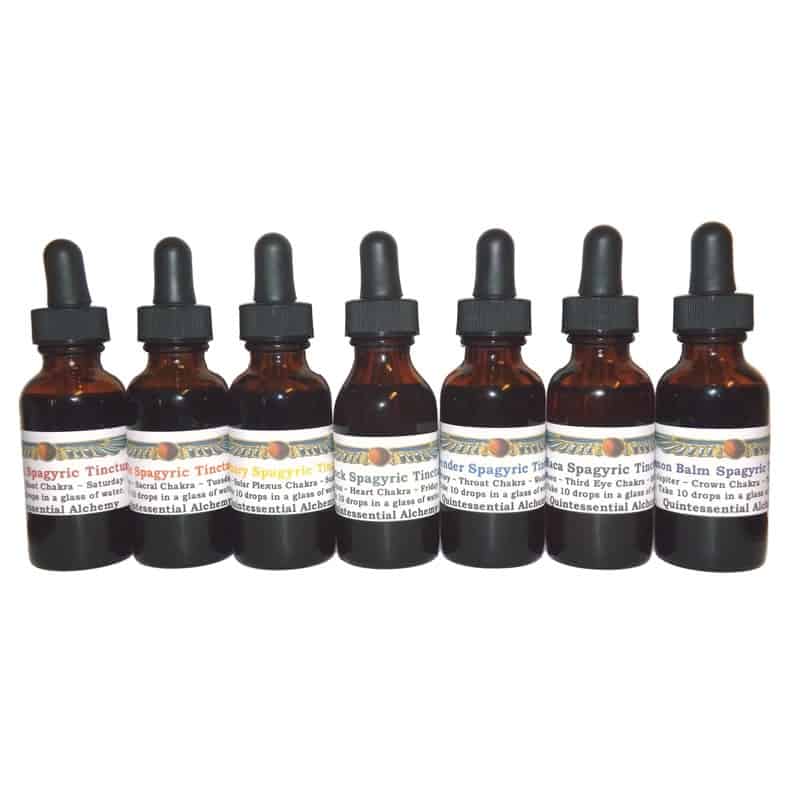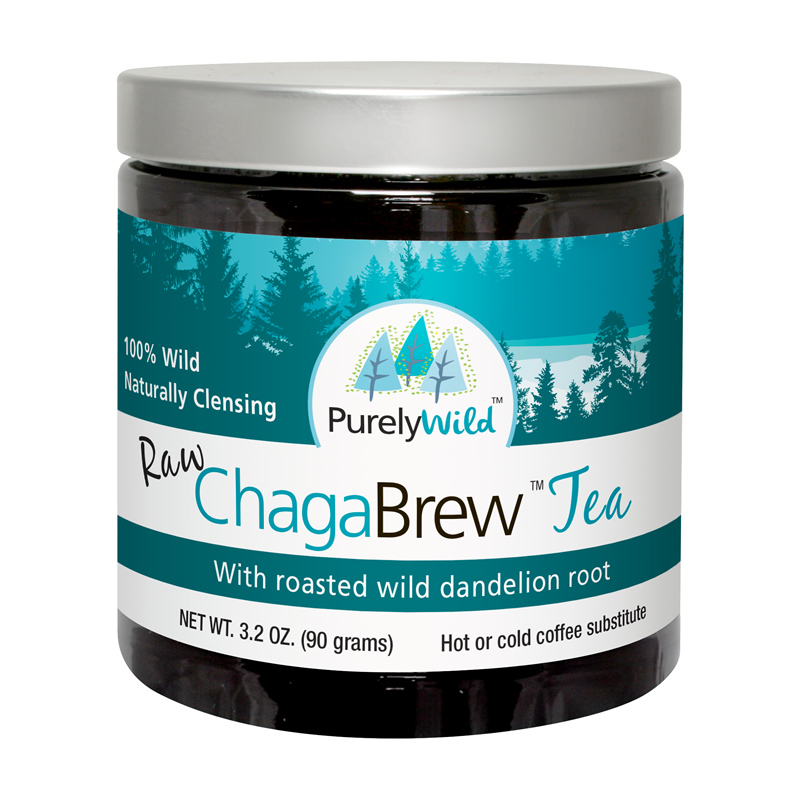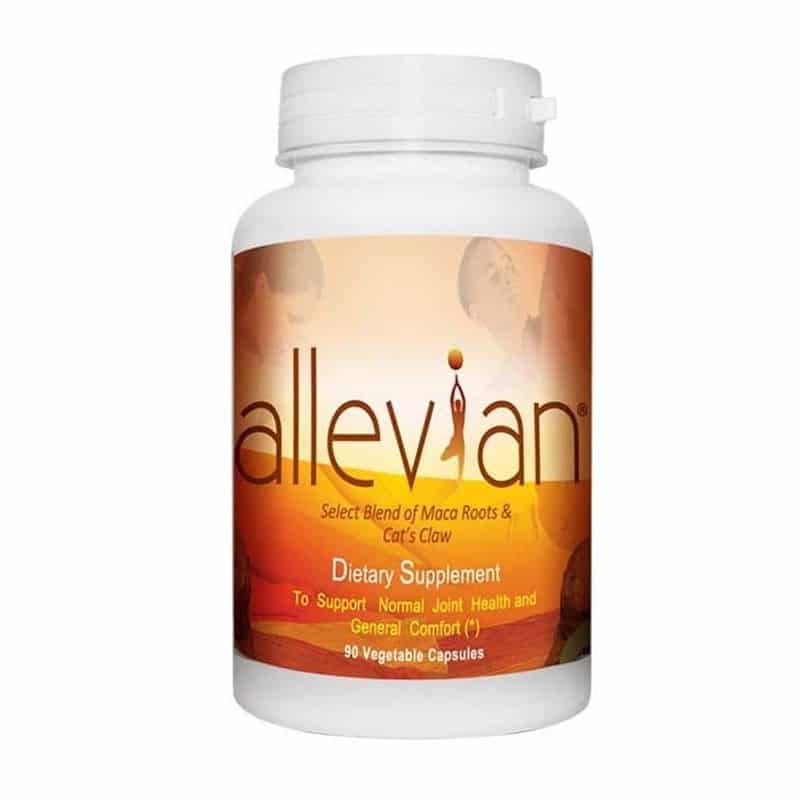No products in the cart.
Podcast: Play in new window | Download
Subscribe: Apple Podcasts | Google Podcasts | Amazon Music | Email | RSS
Podcast 384: Maca
Maca root (Lepidium Meyenii) grows high in the Andes of Peru, as high as 11,000 feet above sea level. It is one of the oldest and most resilient plants on the planet. It grows in places where no other plants survive, because of extreme climatic conditions in high altitudes. For centuries, Maca was a regular part of the Peruvian diet, believed to bring strength, resilience, stamina, and immunity.
Today, Martin interviews Jorge Ureña, founder of the company UHTCO, producer and manufacturer of the highest quality maca on the market! Learn about different colors of maca root, their benefits and nutritional value, and how UHTCO products are different from the rest of the market. Jorge shares all the fascinating details about their manufacturing processes, and also explains why maca imported from China is not the same quality as the one properly grown in high altitudes of Peru!
Podcast 384 about Maca with Jorge Ureña
Martin: Hello everyone! This is Martin Pytela for Life Enthusiast, coming to you over the internet, radio, the galactic waves! Today we have with us George Urena, or in his original name Jorge Ureña…
Jorge: That is a good Spanish!
Martin: Okay. George comes to us from Canada, but is originally from Peru. I would like to highlight the fact that immigrants are a bonus for this country. They bring with them their culture, enrich us. I’m one of those too, just so that’s “not biased”. But anyway! George, I would like to speak to you about the product that we’re bringing into Life Enthusiast: Maca. And I know you’re the expert in this. You grew up with it. Can you tell our viewers why they should know about Maca? What’s so wonderful about it?
Jorge: All right, so let’s begin explaining what Maca is. Maca is a root that grows in Peru in about a 14,000 feet altitude. That’s about maybe 4,000 meters above the sea level, it is quite high, and in this particular area where Maca grows, there’s nothing else. Barely you can find any other crop growing like potatoes or Yucca root or maybe corn, there’s nothing like that at this altitude. Maca learned how to grow in this harsh environment for a long time. And at the beginning, I’m talking about probably back in the 1940s, 1950s, the maca root was a wild crop. So something that was just growing in the mountains, it wasn’t really a farming operation, as it is now. Just to mention about the maca root, it wasn’t really a staple food down there. It was just one of the crops that the Incas used to have, here and there. It wasn’t really a staple food people were eating on a regular basis, it was just something that was added to meals.
Martin: So it’s not like a potato you would eat for energy. It’s more like a mushroom that you eat for nutrients or for the adaptogenic function, right?
Jorge: Correct. So when we started the growing operation, obviously we started doing some investigation, research, and teaching people about it, and they started growing it in different places in Junin. Now, Junin is the actual plateau, it is a region in Peru, where the maca grows, and it just adapted so well in this area that nowadays we have huge extent of land planted with this crop. Now, we realize that maca comes in different colors, and that’s something very unique.
We have black maca, purple maca (or red maca) and we have yellow maca. Now, what’s the main difference between yellow, black, and purple? Yellow Maca being the most common variety, it’s very sweet, it does not offer too much of a benefit, meaning in terms of energy or hormonal balance, it is just a very nutrient dense root, not bad, it’s good, it will give you some energy, but not so much of the benefits that maca is known for.
Now, let’s talk about the purple maca. So the purple maca focuses its action in healing, soothing, repairing. It will give you energy, but not intense wave of energy as black maca would. I will talk about the black one later. Purple maca is just kind of relaxing in a way.
When you take purple maca, in any form, powder or liquid, it will just give you that relaxing sensation. So in other words, this is working mainly on your adrenals, and it is helping your cortisol levels to drop down. It decreases that high stress level that you may have.
Martin: It sounds to me like it’s a relaxed power.
Jorge: It is. And it has to do with the color. I don’t know why, but it has to do with the color, and the combination of nutrients that are present in these particular roots. Black maca by the contrary focuses its action on energy levels. There is more iron in the black maca, for example, more zinc, naturally occurring elements that cause that energy boost in your system. I would like to show you, if you allow me, I have the maca roots here with me.
Martin: That would be great. That would be very interesting.
Jorge: (showing maca root on camera) So I don’t know if you guys can see it…
Martin: It looks about like a Chestnut or something like that.
Jorge: Correct. Now, just to give you an idea, this little guy here, this is the black maca, it is dehydrated. Normal size, when it’s fresh is like this. (shows on camera how big the fresh root is) So after the maca root is harvested, we let it dry naturally, in the altitude, in the sun. Well, sun and cold weather, overnight. I would probably highlight the fact that the maca root when it’s fresh tastes like horseradish, not that sweet, contains a lot of water. Probably about 70-80% is water. Now when we have these roots dry, some carbohydrates in it change into very complex carbohydrates called glucosinolates. And when it is dry, it is solid like a rock. All the elements, the nutrients inside are preserved for hundreds of years. I probably have this particular piece for 10 years, and it is perfectly fine on the outside. You can rehydrate it, you can put it in water and it will automatically soak up the water, and you can use it again.
Martin: Do you think it would actually grow again or not?
Jorge: No, because it grows from seeds, it doesn’t grow from the actual roots. So, this is the actual yellow maca, (showing it on camera), same shape, different color. And I will show you the purple one, which actually doesn’t really look that purple, but there’s some coloring there.
Martin: It will probably be purple on the inside, right?
Jorge: That’s correct.
Martin: Before we get into all the technicalities, tell me first, why do I care? I mean, what will maca do in my body? Why should I know about it?
Jorge: It’s very important, and actually this was discovered over time, maca provides hormonal balance, energy and well being, those are the three main benefits you can get out of maca. But don’t think that you’re going to get hormones in the plant, and something’s going to be changed in your body hormonally, it’s not like that. The nutrients in the maca root work on the hypothalamus and pituitary gland, just by providing all these nutrients to that area. These glands will supply nutrients to the other glands, and that’s the whole idea behind maca.
Martin: Yes, so it’s really a regulatory food!
Jorge: It is. And many people think that there are some hormones in the plant! There are not. What you will mainly find in maca are Vitamin A, B1, B2, B3, B6, B12, C, D and E. It also contains 32 minerals, traces of minerals, but these traces of minerals have an effect on your body. Maca also contains a high volume of protein, a wide range of amino acids, and all these nutrients make it happen.
Martin: Well, in my world, when I talk to people, the dysregulation of the endocrine system is rampant! I mean, these days people are suffering with hypothyroidism or hyperthyroidism especially, but also compromised sexual function, repressed, suppressed thyroid, chronic fatigue, and so on, so many people are suffering from not having a normal level of energy.
Jorge: We don’t have enough nutrients! And that’s the reason why maca is so good. And of course, we’re not talking about the products yet, but our products have a very intense effect on your system, because of the high concentrations we provide. We’ll talk about that later.
Martin: Okay, so in the product that we have, we call it the Maca ProXP, we have it listed in three versions. 18:1, 20:1 and 25:1. Is the 25:1 most of the black?
Jorge: So, the Maca ProXP Professional 20:1 is a product made with 100% purple maca. The 18:1 is called Maca ProXP Platinum, and that is made with a pure black maca. And the Limitless, which is a 25:1, the Maca ProXP Limitless is made with 50% black and 50% purple.
To manufacture the liquid maca, and to give the customers, this nice energy and hormonal balance, our maca has go through a special process. The liquid maca begins with a combination of maca roots, so if we are working on the Professional, we use purple maca, if it’s the Platinum, we will use the black maca, and so on. Now, almost all maca extracts on the market, and there are many, are alcohol-based, and these products are made from the dry maca powder. So this source product is already manufactured, processed. What they do is just soak the powder with alcohol, and they create an extract, so it’s an alcohol based extract. But that’s okay, that’s a normal procedure.
Martin: That’s the standard maca tincture as I would understand it.
Jorge: Correct. And now, this is what we do with our products: we take the maca roots, we separate them by color, and we soak them in water. After washing, of course, after cleaning the actual root, we soak them in water until we start fermentation. So basically what we have is a controlled fermentation process. Once the maca ferments, it contains new chemicals. Then we add the alcohol, just to balance the pH and cut the fermentation to a point. And once we reach what we need, we leave the maca roots resting for about six to eight months.
Martin: Months?
Jorge: Yes! So imagine the quantity of maca roots we have now, resting, and this process is called maceration. I don’t know if you’re familiar with it. After the maceration process, we put the liquid with the maca through a hydraulic pressing. So we extract everything. We press the maca roots until nothing comes out of it. And once we obtain these liquids, the remaining mass is sent to a university of La Molina in Peru to feed animals. The actual liquid then goes through a process of evaporation at a very low temperature, so we get rid of the alcohol.
Martin: So you are getting rid of the alcohol before you bottle it?
Jorge: Up to a point, there’s about 2%. left.
Martin: Is it grain alcohol you use?
Jorge: No, not grain alcohol, we don’t have that, we use cane sugar.
Martin: Sugar cane alcohol. Okay. Good. So people who are sensitive to wheat will be safe with this, right?
Jorge: Yeah. Well, because Peru is not a wheat producer.
Martin: I mean, you could be buying the alcohol from somewhere else! But you’re using local, right?
Jorge: It is local, yes. And organic as well. Now, this is probably something that I should mention here. Many people ask: how do you compare the liquid maca and the powder? The answer is: You don’t. Really, you can’t make a comparison. You could probably make a comparison based on the effects, the benefits, but not on let’s say how many capsules are equivalent to how much liquid. You can’t do that. Why? Because there are two different processes. One is the actual maca root as it is. Basically, this is just ground up, and then goes through a gelatinization process.
Martin: You mentioned this word before, gelatinized. It is a process of preparing it or cooking it somehow, right?
Jorge: It is. Gelatinization is a process that removes the starches, making the product more digestible and absorbable. So, now we have a raw gelatinized product. How can it be raw? Because we have a cold gelatinization process. If you want to obtain a starch out of a potato, how would you extract it or take it out?
I’m going to tell you how we do it. And this is just ancient knowledge. So you take the potato, you break it in pieces, shred it, cover it up with water, and let it rest until the water evaporates. And at the bottom of your bowl or a pot, you will get the starch. So that’s how we do it with maca. We have obviously a machine that was created for this purpose, and we are not using heat. That’s why we can call it raw gelatinized maca, without the use of heat.
We also have another product called the Maca ProXP Gold. And that was my first product in Canada, that was launched back in 2004. And that was just 10:1, but at that time, that product caused an incredible reaction in the public, because nobody had tried something like that before. You would take a teaspoon of the 10:1 and wow, it feels so good. Now that was a 10:1, then we launched the 18:1 and the 20:1, and the last one was the 25:1.
Martin: And what do these numbers actually mean?
Jorge: That’s a good question. It means how much maca we use per liter. So that means 18:1 is 18 kilograms of maca roots used for one liter of water. The liquids are probably our best, you know, flagship products, because they’re so impressive. When you take it, you get the benefits right away, it’s just maybe a couple of minutes and you feel like a different person.
These products are very unique, and they are very potent. And there is a way to take this product, it’s just by the teaspoon, one teaspoon per day is enough. I always say to my customers, this will keep you running like Speedy Gonzales. It’s very, very potent. And of course, it depends on the product you take. So for instance, we recommend black maca to people that do sports, when they are doing marathons or they are working out, weight lifting, just people who need that extra energy, that’s the black maca. Endurance and performance. Vigor and stamina, that’s what you are going to get.
Purple maca I would probably suggest for relaxing, for soothing, the energy will come regardless, it’s just the way it works in your system, it goes gradually, it’s not going to give you that blast of energy like the black maca would. So let me give a little comparison here, it’s like when you go to let’s say Starbucks. Some people ask for a double espresso. Black maca will give you that kind of sensation. But if you take a cappuccino or latte, that feels like the purple maca, it is a lift, but not so intense.
So normally, women prefer purple maca, and normally in the market men prefer the black maca. It does not necessarily mean it is made for either men or women, because if you are for example under a lot of stress, and you are a man, you need to relax, so you will take the purple maca. So you have to think about those little aspects of the product before you start using them.
Martin: Talk to me a bit about what’s going on in the maca market. I have been hearing how the Chinese traders came to Peru, maybe 7-10 years ago and started buying up the whole supply. I remember a few years ago there was a huge jump in price.
Jorge: I’m going to tell you what happened. The story goes far beyond the Chinese market. I was actually in Beijing when this happened, I was part of a Peruvian trade mission in China. So we realized when we were there that the Chinese people were growing maca from seeds that they took from Peru, and they had more fields of maca than us. It was incredible. But I’m going to tell and show you what happened. The maca root that these guys got looked like this (shows Chinese maca on camera, it looks like a small skinny carrot). That’s Chinese maca.
Martin: So what happened here? Did they grow it in a different climate?
Jorge: Well, yes, to begin with. It is grown in the more humid climate, they grow these in Yunan province, they have some mountains there as well, but the habitat is not the same. Also, we dry the maca roots up in the altitude, intense sunlight during the day, freezing temperatures overnight. In China, they just didn’t have that cold weather, it’s much warmer there. So they started drying the roots in an oven. They actually increased the heat. If you dry the maca root in an oven, you’re going to basically evaporate most of the components, but at the same time, the carbohydrates that are in the roots will caramelize. So Chinese people didn’t get what they wanted, so immediately they reacted, because they couldn’t use their product, there were no benefits whatsoever. Nothing.
Martin: So it was no better than growing peas, right?
Jorge: Correct. Yes. So they went to Peru and they tried to purchase everything that they could. At that time, I remember there was like a gray area as to this operation being legal or not. The Chinese came with cash, forget about banking transactions, normal operations…
Martin: They just had a backpack full of currency!
Jorge: Yeah, and they paid off the farmers. They even paid $200 a kilo for the raw black maca. So for this little guy here, they were paying $200 a kilo. Unprocessed. Okay.
Martin: What did the price used to be before that?
Jorge: Probably $10 a kilo.
Martin: So like 10-20x the price inflation, that is crazy!
Jorge: Yes. And this was huge for the farmers! And the government thought it was good for them, because they’re increasing their wealth. Well, that wasn’t really the truth, because it was just mere speculation. And why? Because after a year, I was in Hong Kong, and I went to a dispensary, kind of a Chinese pharmacy, and they have all these different roots in there. And I found the maca roots. You know how much they were selling the maca root for? 3,000 US dollars a kilo. So the 200 dollars was nothing. That exhausted all the stocks and that is the reason why the price went up so high in Peru. So then because of this Chinese effect, many people in Peru thought: Oh, that means the Chinese are going to come back next year, let’s grow some more maca everywhere in Peru! So they started growing maca in places that maca never grew before, in the South, in the North, in the East, more towards the Amazon, all the wrong altitudes. It was like growing it in China again! So what happened? The maca mutated. Okay. It just didn’t grow well, and we have the same effect that the Chinese people have with the maca in Peru. It was more like a carrot. So people in Peru were losing money, growing maca everywhere else except Junin. So they started to put in some plant hormones, and they got the Frankenmaca!
Martin: You are now showing me something that looks more like a potato!
Jorge: Yes! These products that were coming out of Peru weren’t good either, it was just like working with a Chinese maca. Also the Chinese maca, because they were not selling their products, they put the price so low, that some companies in Peru started buying maca in China, repacking it, and then selling it as maca from Peru! But they had a lot of problems with quality, of course. You’re probably aware, I mean, how many maca products have you tested in the market? But just looking at the powders, you will realize there are many cheap maca powders out there. They’re very sweet, and you will not get any benefits. So many people thought: Oh, maca is no longer good! It just destroyed our image.
Now, something that I can tell you about our company, UHTCO, we have the only maca research center, it is the only one in the world, and in Peru, obviously. It is a state of the art facility, where we store our maca roots, and we also have a training facility, and a lab for people who are researching maca, and we are doing this for free. Also, we have our own hotel for our visitors. If you ever want to go to Peru and visit these maca fields, you can. I remember I took a couple of customers to Peru, and we went to the maca fields and it was like: Oh my God, this is so beautiful, the air is just so clean, it’s really nice, and maca grows there. Before that, we didn’t have a place to stay, now we have our own facility to host our guests in there. And this maca research center has just brought us up in the eyes of everyone, because we are the only ones.
Martin: Do you actually control the fields where you grow your maca.
Jorge: Yes, we do! Correct! I mean, we learned the lesson. You cannot own the land, there is a law in Peru, that in order to own the land, you must work the land.
Martin: So you have to put your hands in the dirt! You have to be the actual farmer.
Jorge: Correct. So let me just explain how it works in Peru, it’s not just one farmer that owns so much land, it’s a number of small farming operations, they group together in a co-op, and that’s how they work. I should probably mention something else as well. When you grow maca roots, at least the ones in Peru, that’s what we know, once you harvest, you cannot plant in the same piece of land for at least six to eight years. It exhausts the soil in just one harvest.
Martin: So you need to go fallow for six, seven years?
Jorge: And you have to move around, right.
Martin: And so what do you plant on it when it’s fallow?
Jorge: Nothing! It is just basically a pasture. They graze their sheep, probably some cows, horses, donkeys.
Martin: Can you have cows in that altitude?
Jorge: Yeah, they have them, I mean, not a lot, maybe a few, but I mean, that’s what you will see there if you ever visit.
Martin: So you really have become a true ambassador for maca, right? And Peru.
Jorge: Correct. One more thing to know, in Germany, are you familiar with WADA (World Anti-Doping Agency)? Guess what? Our raw gelatinized maca powder is the first and only maca in the world that you can actually take, and it’s allowed for. They tested it, and they decided that it’s allowed. And we did that on purpose, because there is a lot going on on the maca market.
We found many companies that we supply the maca in the world. These guys before us, they had corn added to their maca powder, bean powder, they even found sugar, excessive amounts of sugar. Sugar is cheap. Maca on its own tastes a bit bitter. I was surprised when I tried some maca powder from different competitors, it was so sweet! I mean maca is a little sweet, but not that sweet. So basically that tells you that there is not an honest business going on here. And Chinese maca? That’s terrible. Basically, that’s like a flour.
Well, that’s the story behind maca. I think we’ve done a very good job. Our company is not just in Canada, we are in 30 countries worldwide. We supply many, many companies with our products. You will be surprised, for example, you know Pukka tea? So Pukka tea in the UK, it is now Unilever, but regardless, they kept the same standards. And we supply them with our maca powder, and they make their Maca Espresso, which is a coffee alternative. They blend it with some adaptogenic herbs, and they sell it as their Morning time tea, or Black tea… so different companies use our raw materials. We are number one in terms of quality, we’ve been in business in Canada for 16 years and never ever had any recall or complaint or anything on our products. And we are still growing, and it is a healthy business.
Martin: Well, there will definitely be a limited supply of the high quality product, because you have only so much land and you have to rotate it and all that.
Jorge: Yeah. But we want to keep it that way. We don’t want to oversize our operation, no.
Martin: It reminds me of champagne, like you can only grow so many cases of wine on this vineyard and that’s that.
Jorge: And that’s it. Yeah. Correct. So have you experienced the liquid maca?
Martin: Oh, yes, I have! The reason we are having this conversation is because I liked it!
Jorge: Okay. That’s good. Many people love our product, otherwise we wouldn’t be in business anymore. I mean, people love our products, many people know about the liquid maca, the Maca ProXP, it’s been around for many, many, many years. And I’ve been doing so many shows and interviews, I travel a lot, I do presentations here and there. I mean, my kids are taking over now, and I am stepping back a little, but I’m not retiring by any way, I’m still, you know, behind the wheel, creating new products, new applications, new formulas. We have here, for example, this is another product, and it is in a capsule form.
Martin: Yes, if people start asking for it, I’ll be very happy to add it to the website! This one had to do with male health, right?
Jorge: The Maca ProSX, it is more or less the same idea as the liquid, because what we do is we take the maca roots, and we put them in a blend of aphrodisiac herbs. There is a product out there called The Panty Breaker, I don’t know if you heard about that.
Martin: No. Sorry. That one I have not experienced.
Jorge: Okay, you can actually Google it. It is a product here in Peru created by the aboriginal people, they created it, it really is called The Panty Breaker. So it is an aphrodisiac, prepared with seven roots, so the other name that you will find for it is actually Seven Roots, and we created our own version of it.
Martin: Okay, so this is an advertisement for people who are watching this. You can ask us at Life Enthusiast, if you want it, we’ll get it for you. We know how!
Jorge: Yes! And why it works is just, again, ancient knowledge. We just compiled all the information, and we tried to develop a manufacturing process using all of these materials. It’s food, and we actually have to comply with certain regulations, hygiene, so all these details have to be observed when you manufacture a product.
Martin: So in summary, I would like to say that we have here an adaptogenic product that is unique in the world, unlike anything else, grown in the harshest of conditions.
Jorge: And if it does work. I feel happy, because we helped so many people over time, people with hormonal imbalances, depletion, different problems, overstressed people, you name it. It just changed their lives.
Martin: That’s great. This is wonderful. Jorge, thank you very much.
Jorge: My pleasure.
Martin: This was Jorge Ureña, or if you want to pronounce it as George Urena! We immigrants have to start calling ourselves what the local people can pronounce. It’s an honor and it’s wonderful, and I thank you for sharing this with us and the world!
Jorge: Anytime! I mean, we can do another presentation again soon!
Martin: That’s great. I’m so happy to have you so approachable! So this is Martin Pytela for Life Enthusiast, we restore vitality to you and to the planet. And here is an example of that.





